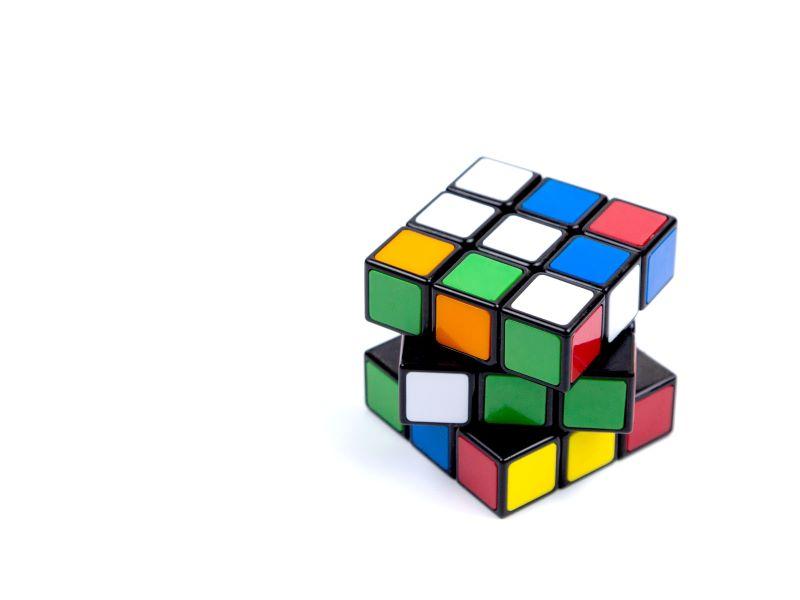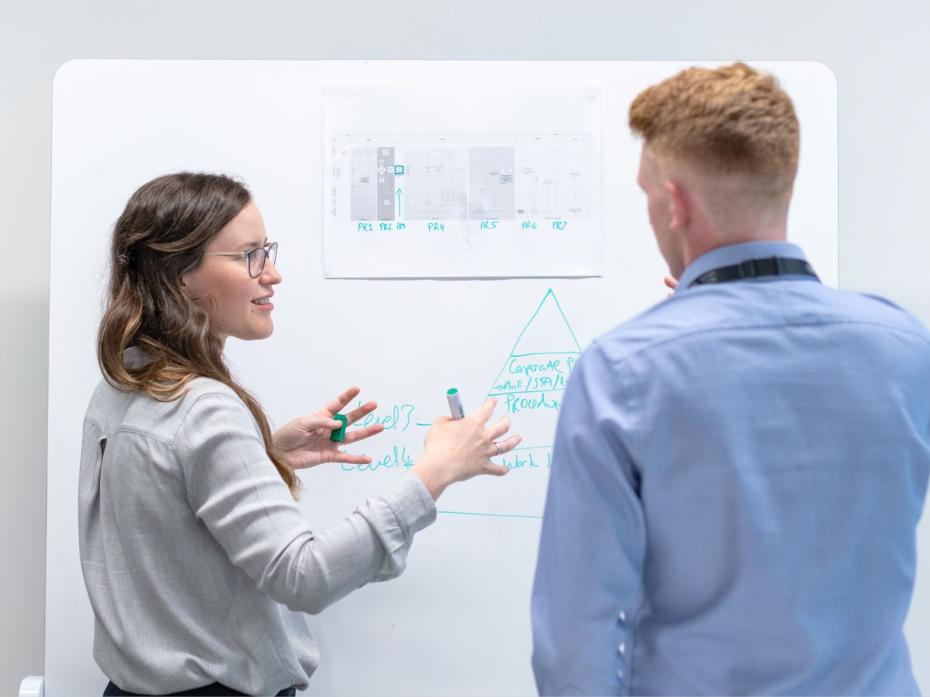Higher education studies expose students to many new and complex learning experiences for the first time. These new learning experiences create challenges such as solving difficult problems, understanding complex content, engaging with unfamiliar and complex technologies and materials, and making challenging decisions. Challenge and difficulty in learning experiences can cause students to get stuck or hit impasses when new information contradicts their existing knowledge. However, if they can harness and explore these impasses, these can lead to productive learning experiences and deep learning, particularly if they are supported with timely, relevant feedback.
Conversely, getting stuck during learning can also lead to confusion, frustration, boredom and possible failure if the impasse is not resolved.
Struggle, effort, confusion and error are all part of learning, but finding the right balance can be tricky.
In this sixth article in our series covering the seven principles in the Higher Education Learning Framework, we look at learning challenge and difficulty in detail.
- Principle 2: Contextual learning: linking learning to the real world
- Principle 3: Emotions and learning: what role do emotions play in how and why students learn?
- Principle 4: Interactive learning: more than teamwork makes the dream work
Difficulties and safe failure can be used to promote student learning
The principle Learning challenge and difficulty encompasses the role that challenge and difficulty play in the learning processes and how educators can use these to prompt deep learning. Getting stuck and making mistakes are part of the learning process, but that can be difficult for students to understand. They may struggle to admit it and to reach out for help. In a classroom setting, students do not want to appear incompetent in front of their peers. So when exploring failure and learning impasses, it is important to do so in a safe and supportive learning environment without giving students the fear of failure and instead promoting strong and healthy connections in learning.
Why do learning impasses arise?
Impasses arise in learning when there are gaps in knowledge, contradictions to existing knowledge or uncertainty or doubt around concepts, procedures and assumptions. The impasse must be appropriately resolved to produce a beneficial learning experience that leads to deep learning. Resolution of impasses and any resulting confusion can also lead to a shift in learner disposition towards positive aspects such as curiosity and interest, which the learner can engage in for effortful problem-solving to benefit learning. It can also be destructive and lead to disengagement and frustration, boredom and possible failure if an impasse is not resolved and no strategies are available to overcome it.
The timing of challenging learning activities is important because problems need to be pitched at the appropriate level. If a problem is pitched to students before they are equipped to solve it or the incorrect solutions are found, this can affect long-term learning. A resolution can be achieved through reduced and delayed feedback, and development of strategies that are used by successful self-regulated learners.
How can we implement Learning challenge and difficulty in higher education?
- Design learning activities and assessments that are complex enough to allow challenge and difficulty and which students are equipped to solve with their existing knowledge. Ensure that there is enough flexibility in these activities and enough time for students to experiment and take risks.
- Help students to recognise when they are stuck in learning and to choose appropriate strategies to resolve impasses. This will develop their skills of self-regulation in dealing with impasses and failure. Self-reflection exercises with pointed questions can also aid in this.
- Provide an opportunity for students to explore and resolve challenges, impasses and difficulty in cooperative learning environments. Group exercises where students must explain and justify their conceptual understanding and critically analyse methods and solutions can be safe ways in which students can learn to work through difficulties.
- Engage in two-way dialogic feedback to gauge students’ level of understanding, whether learning activities are too simple or complex, and individuals’ emotional state in learning. Educators can then scaffold and provide support for building knowledge and solutions based on students’ prior knowledge through the dialogic feedback process. Educators can also gauge from this dialogue the nature and timing of feedback that will best support learners to resolve challenge and difficulties in their understanding.
- Foster a culture of understanding where getting stuck, failure and exploring errors are all critical parts of learning. This can include sharing personal stories about your own conceptual challenges and difficulties in higher education. Use this to model strategies for resolving impasses and dealing with challenge and difficulty.
Challenge and learning can be beneficial for students’ learning process
Students will be exposed to complex learning experiences that allow for creative thinking, experimentation and problem-solving, which are key to deep learning. Educators can optimise and use challenge and difficulty to benefit student learning rather than avoiding it and normalise getting stuck as part of the learning process.
Annemaree Carroll is head of the Science of Learning Research Centre Learning Lab; Stephanie MacMahon is programme director of the Learning Lab; Jason M. Lodge and Alexandra Osika are leading the Learning Lab’s work in higher education. The Science of Learning Research Centre Learning Lab, situated within the School of Education at the University of Queensland, brings together multidisciplinary researchers and interprofessional partners with the aim of transforming learning across the lifespan.
If you would like advice and insight from academics and university staff delivered direct to your inbox each week, sign up for the Campus newsletter.




comment